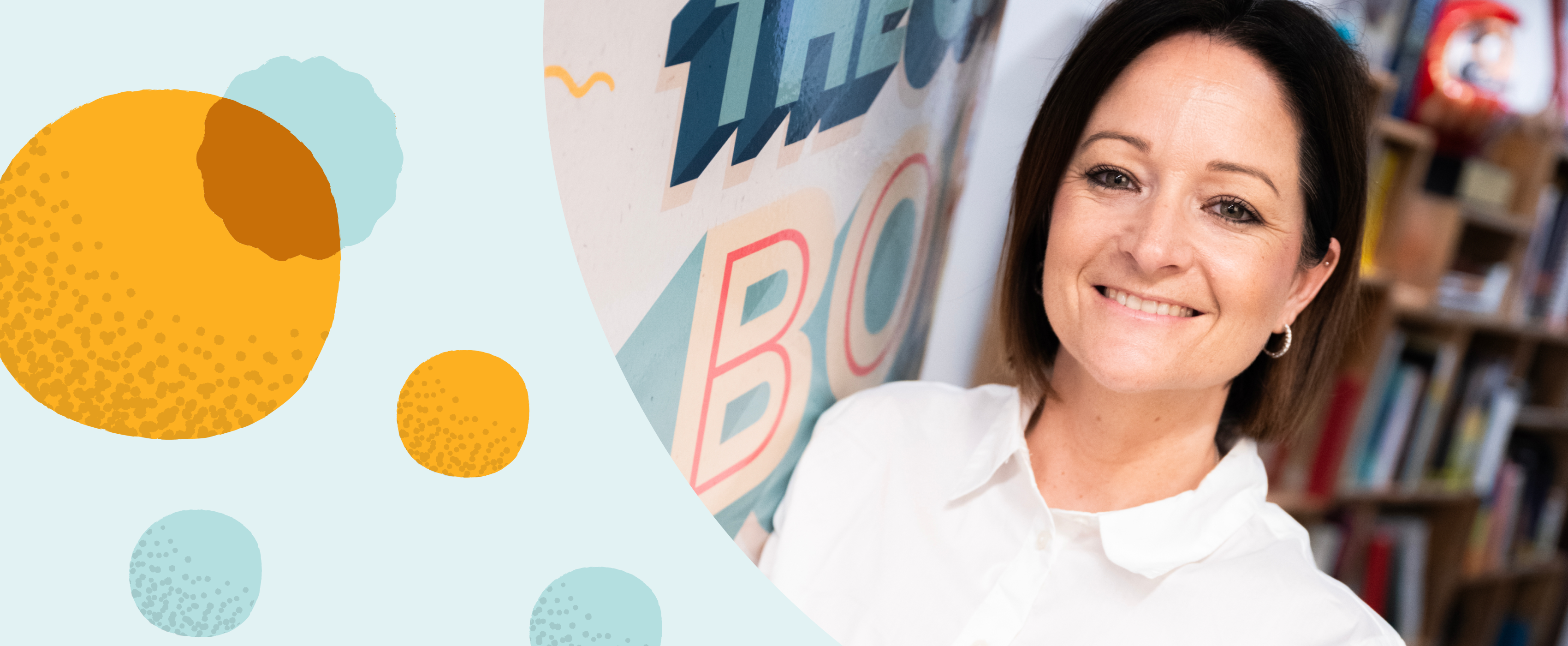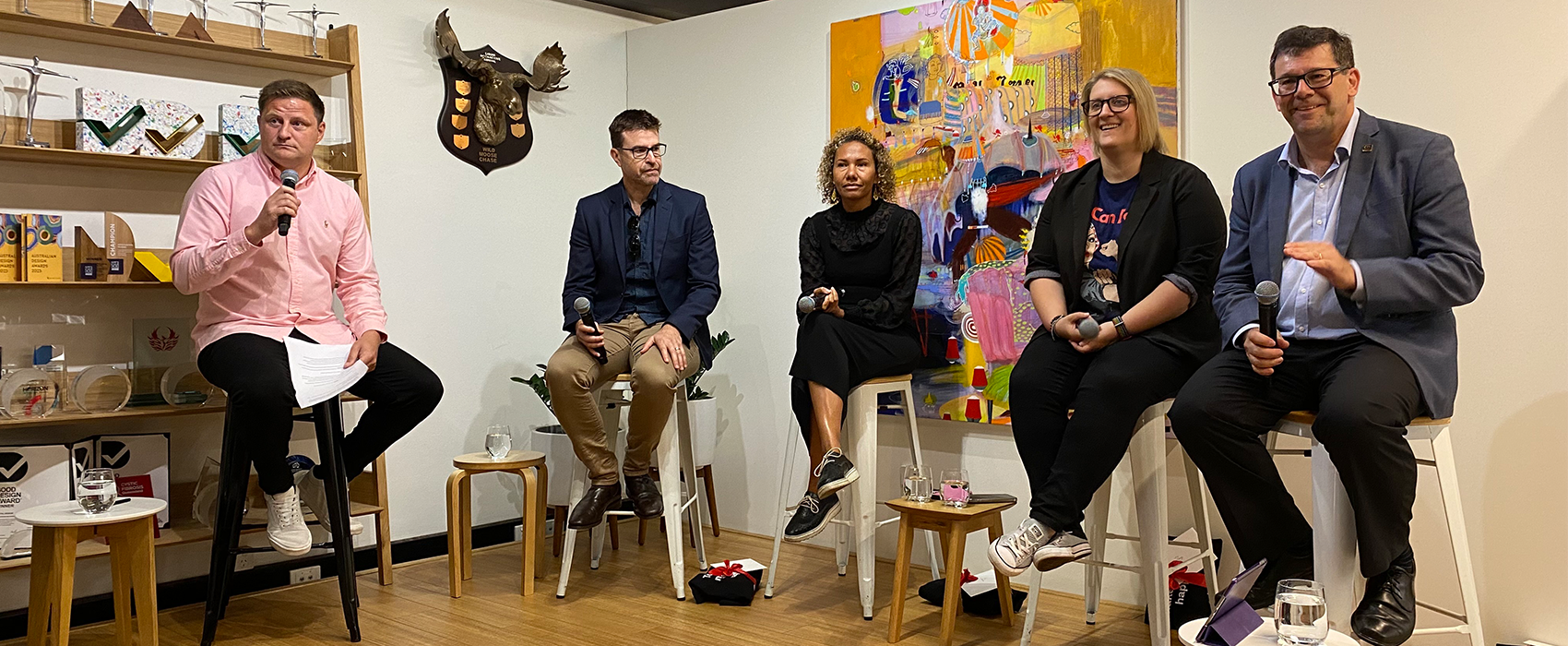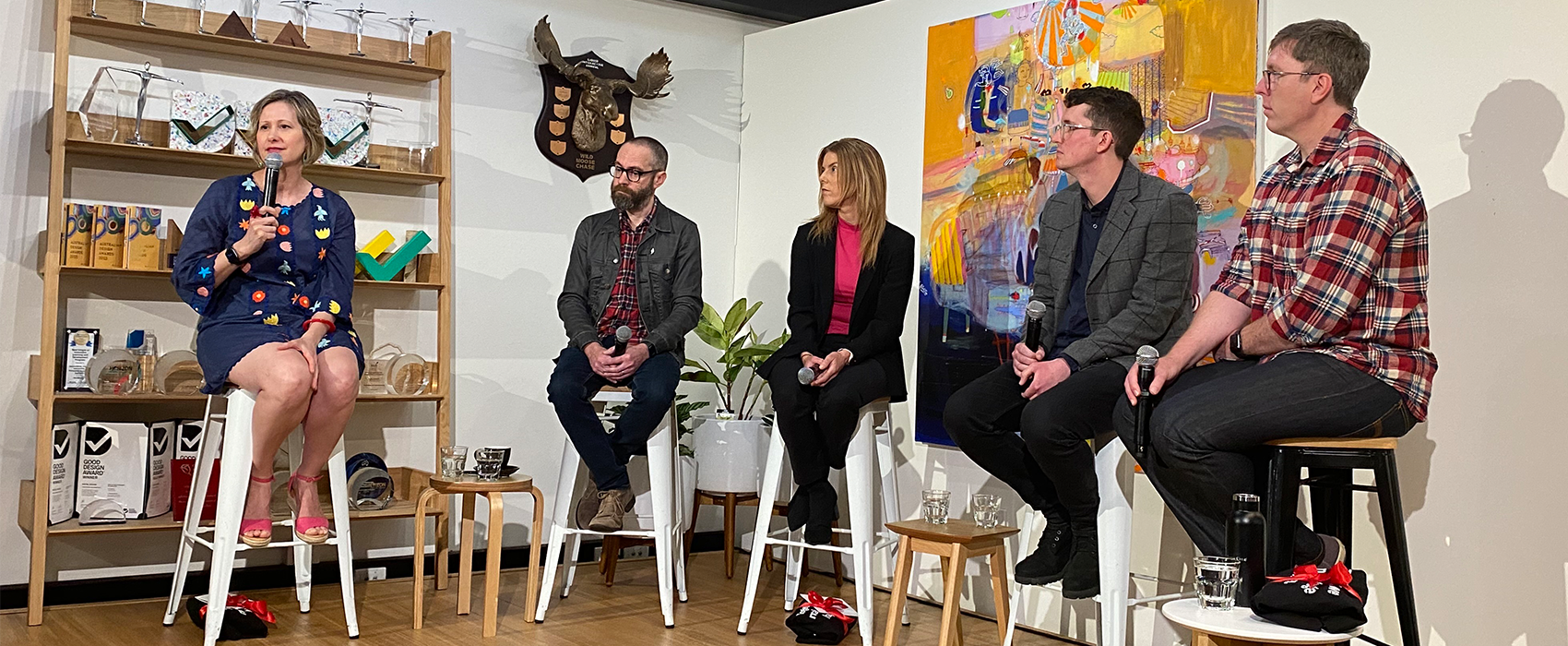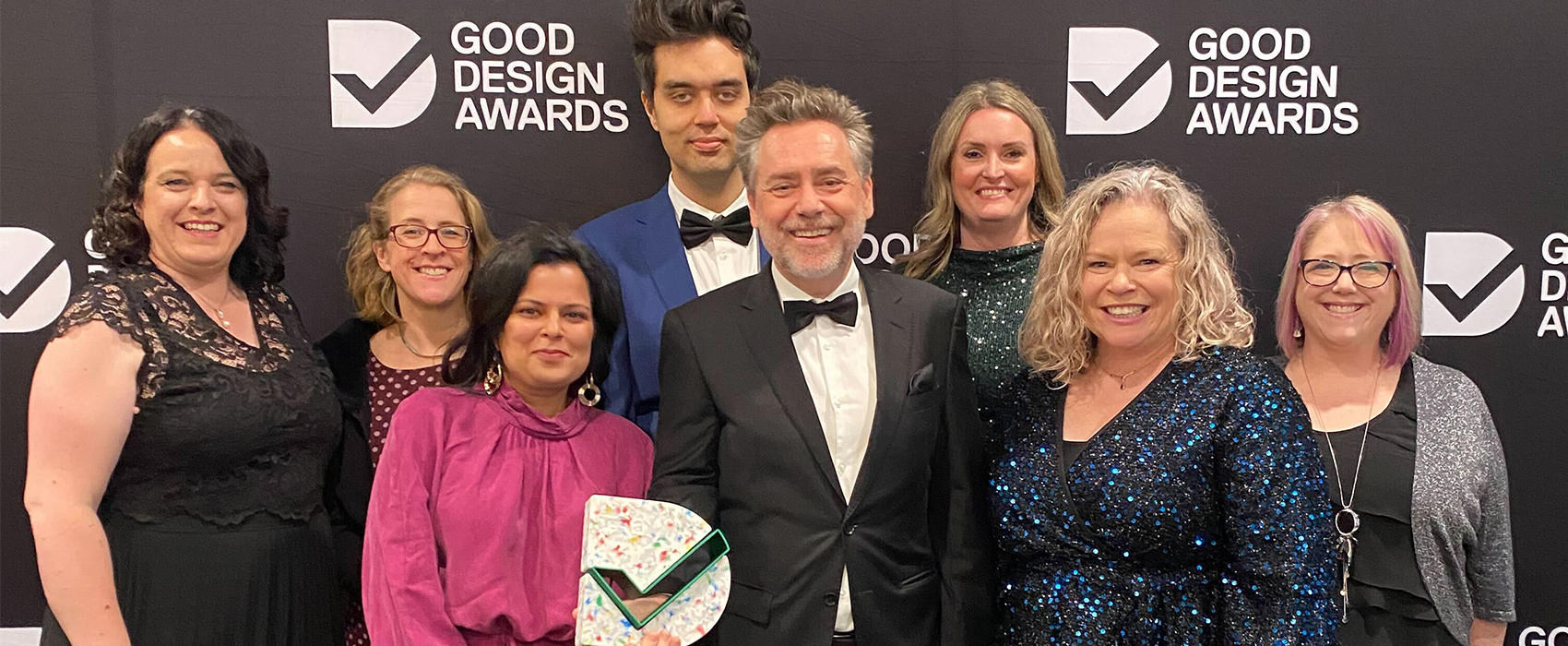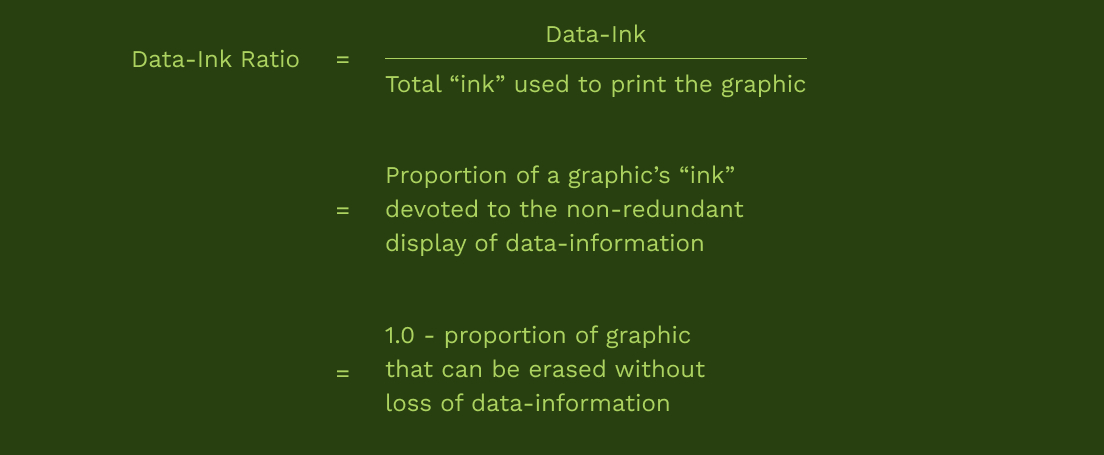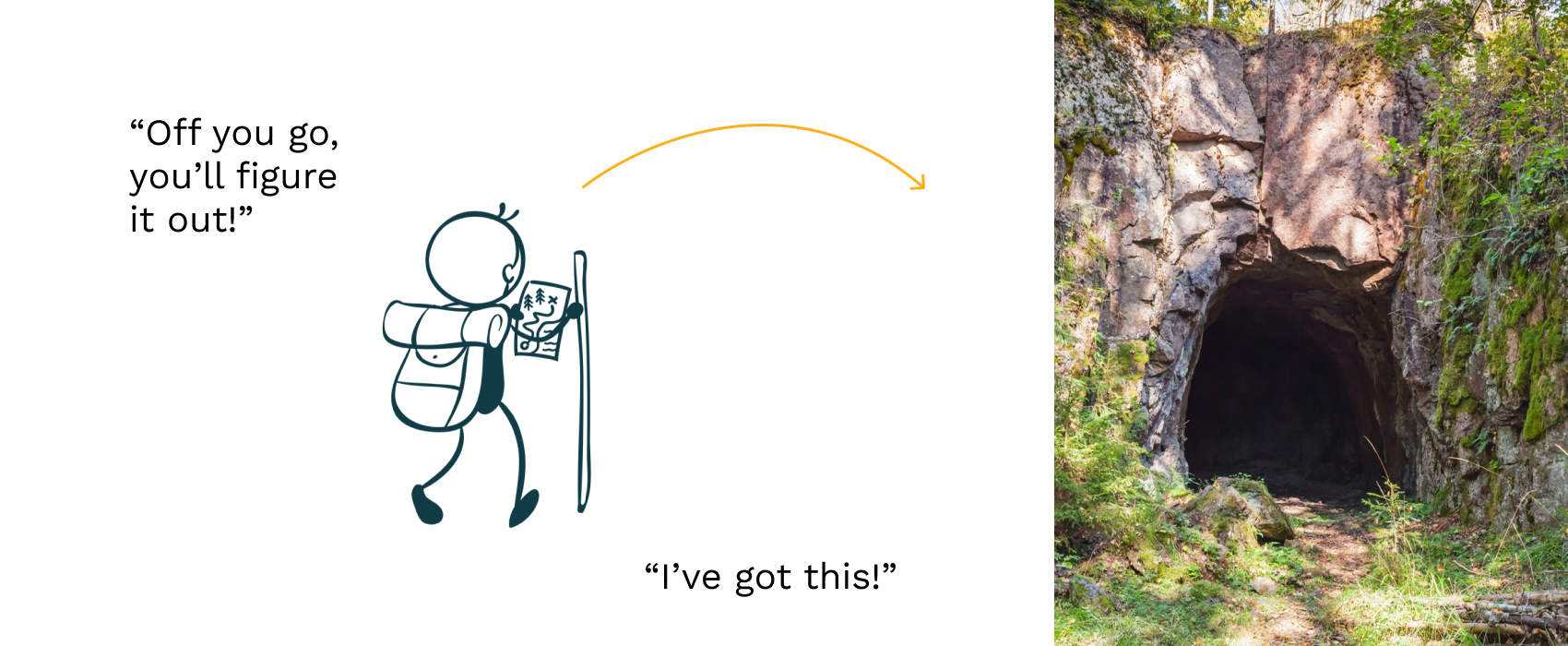All the latest.
Close to twelve months ago I joined the Liquid team, initially as a contractor and more recently in a permanent role as Director of Health. Anniversaries are a great time to reflect, and upon doing so, I thought these 3 lessons are worth sharing with friends in healthcare who may be starting on their digital transformation journey. I wish I had appreciated these lessons earlier (oh the hours I would have saved!).
Today Liquid announced the appointment of a new Chief Executive Officer (CEO) and Executive Chair. Fiona Armstrong has been promoted to CEO and the company’s founder and managing director, Michael Burke, to Executive Chair.

As the Government takes steps to reform the education system with the development of a National Skills Passport, we consider the opportunity to create an interconnected and flexible education system that enables a fluid and learner-centric approach, addressing immediate workforce needs and lifelong learning requirements for all Australians.
Designing the future of higher education
22 Feb 2024In the ever-evolving landscape of higher education, one thing remains constant: the paramount importance of the student experience. As we witness the emergence of a new cohort of learners – the refined, digitally-savvy, and discerning – the need for universities to co-design their offerings with this critical audience in mind has never been more pressing.
Determining how a business continues to transform, grow and innovate is becoming increasingly overwhelming for leaders. Underpinning this is a pressing need for capability uplift to ensure businesses are future-focused and primed for the unknowable future.
The journey of understanding client and customer needs, and transforming them into seamless, user-friendly digital experiences is often complex and nonlinear.
As a business analyst, I see my role as being like a “translator”; my work requires a deep understanding of two (or more!) worlds in order to facilitate communication and the delivery of effective solutions.
How design is embracing the AI challenge
27 Sep 2023A little over two years ago, Liquid's nascent Future Led series tackled super-intelligent AI and we were told that the pace of technological change would be “very dramatic”.
Good Design win for Head to Health
11 Sep 2023Head to Health, the national mental health service navigation website has won a prestigious Good Design Award for Excellence in Design and Innovation at this year’s awards ceremony, with the judges recognising “Head to Health approaches an important service with respect and creativity. The personalised user experience demonstrates the comprehensive research behind the design.”

The manifesto of the data-ink ratio
31 Aug 2023Have you ever looked at a chart or table and found that something in the way it was designed was distracting or hard to understand?
If you work in service design or experience design, how do you talk about what you do? It's hard sometimes to explain; we research, we test, we redesign stuff. But really, what do we do?
What we do is chart our way through uncertainty – and that makes us like explorers.
Featured Posts
- Why healthcare tech is missing the mark – and is there a better way?
- It's time to bring implementation into policy design
- The power of collaboration: Navigating emerging technology for smarter service delivery
- Future Led: Building a community committed to making a difference
- New Dementia Australia website "beautifully considered and empowering"
